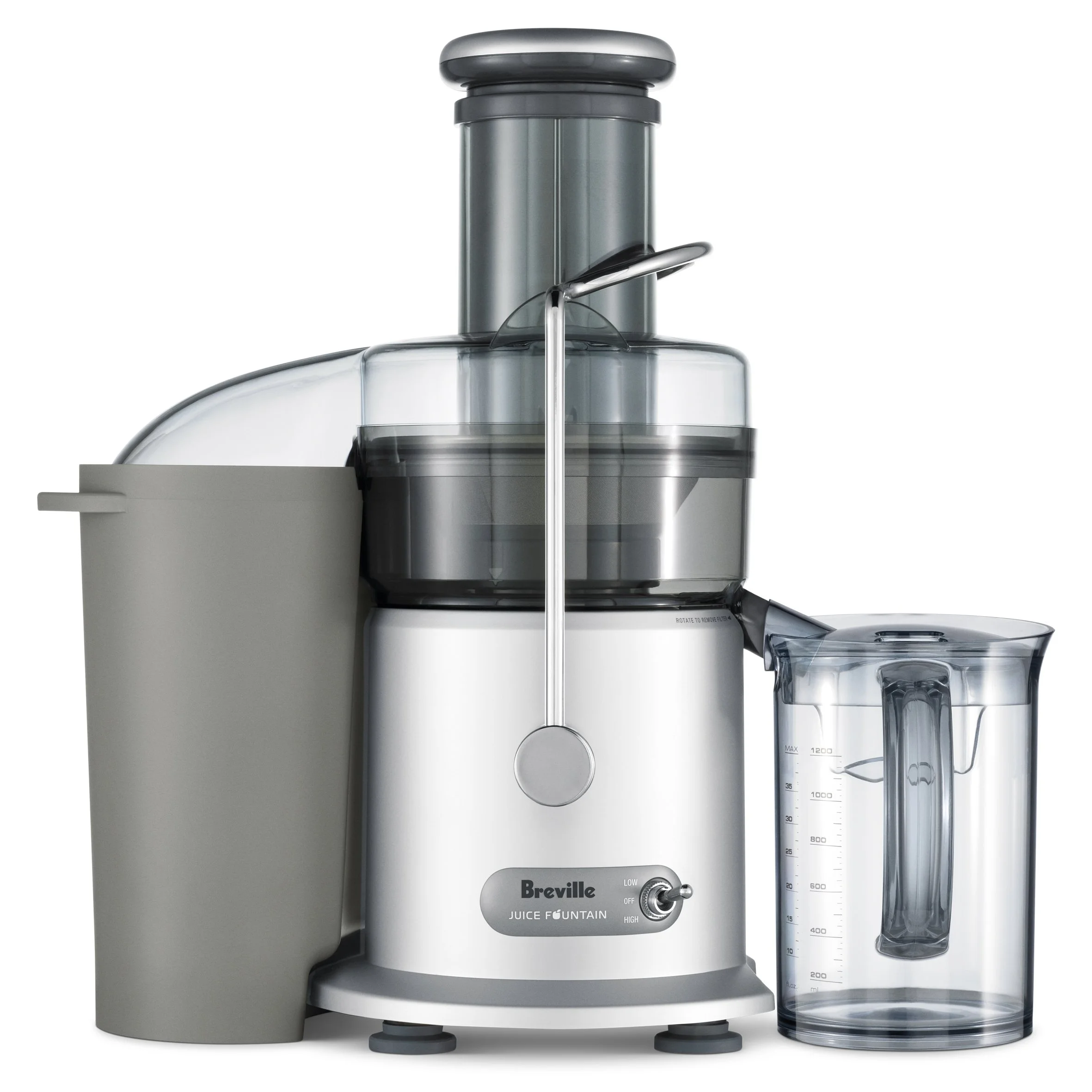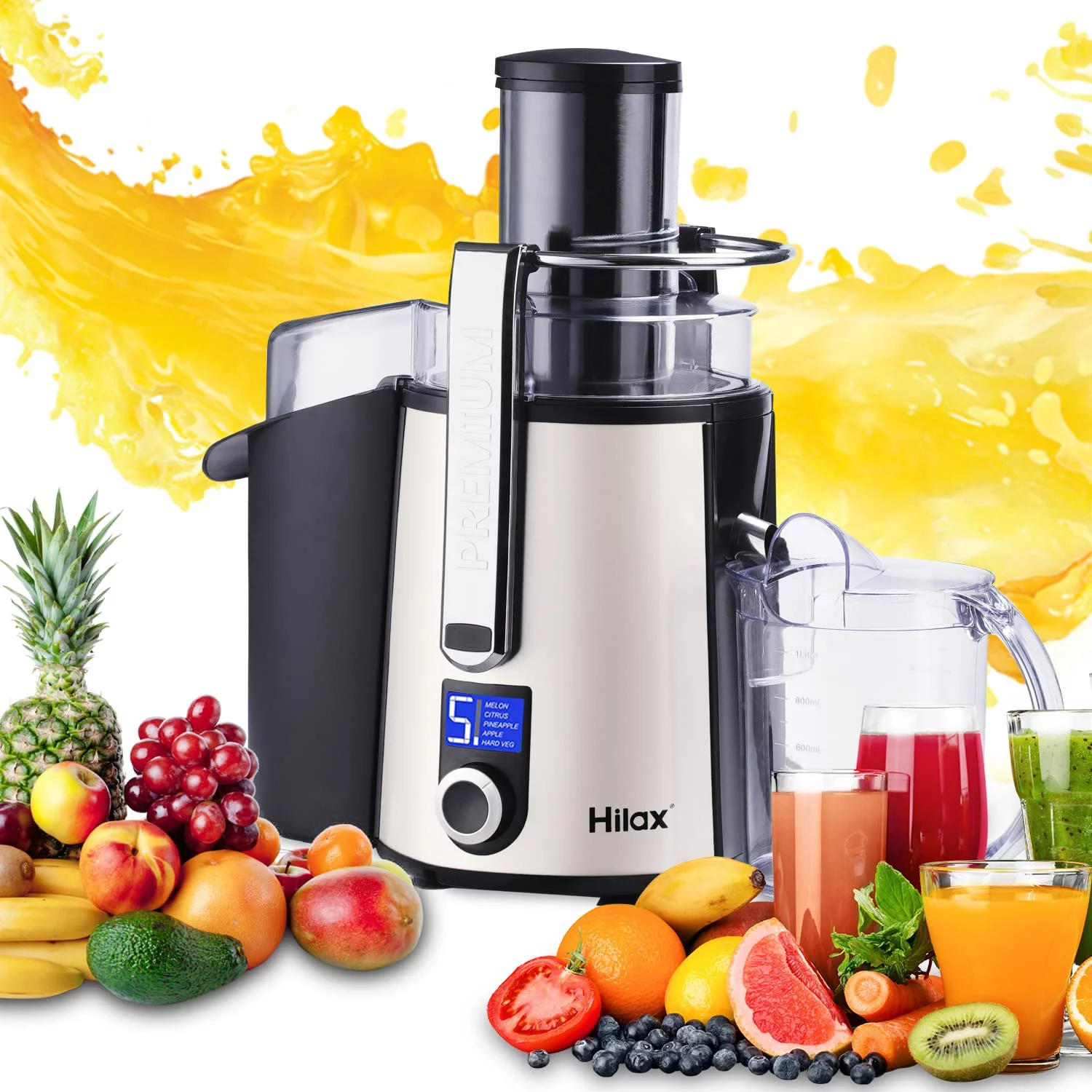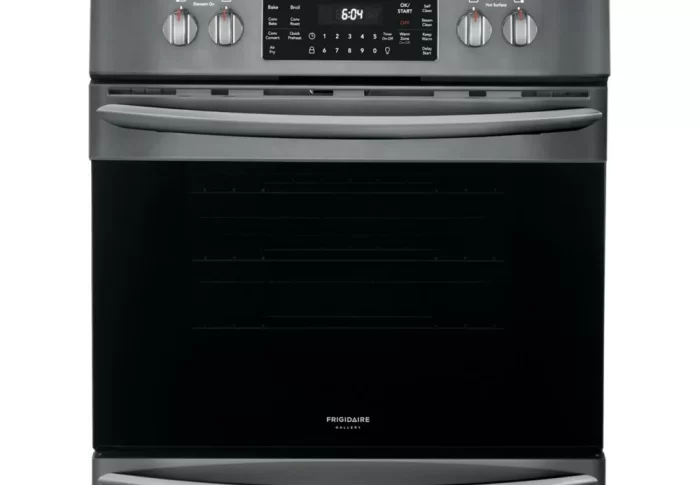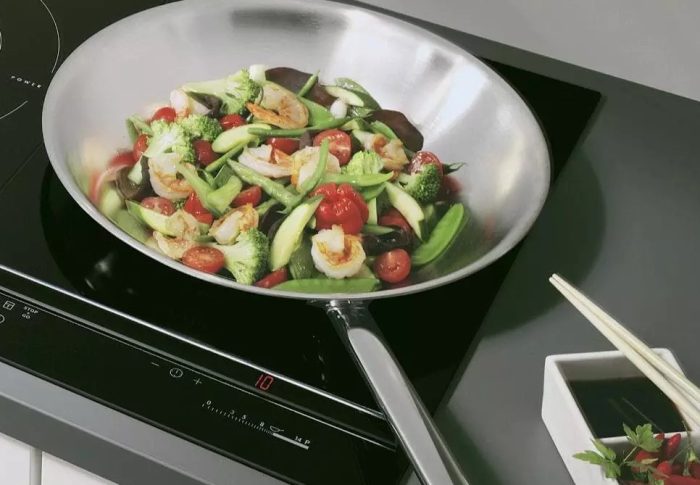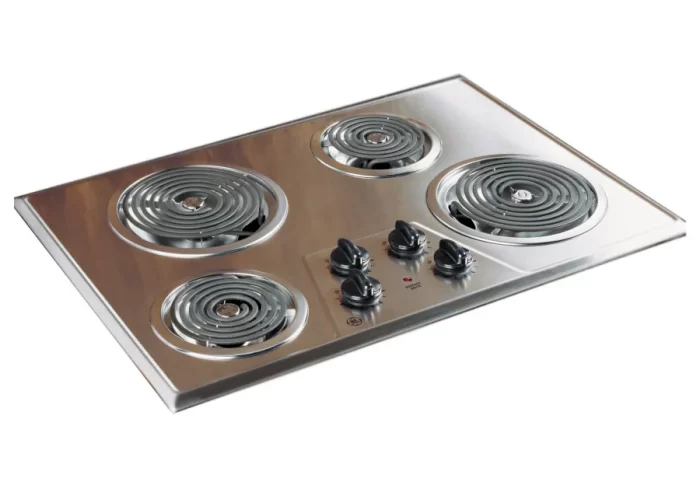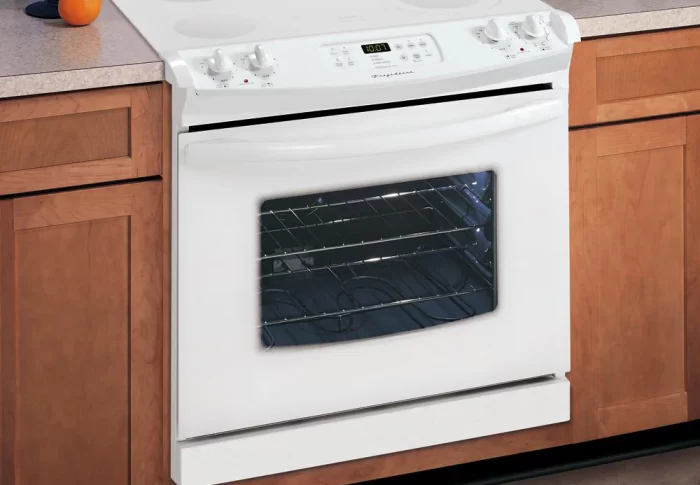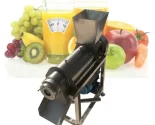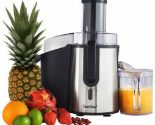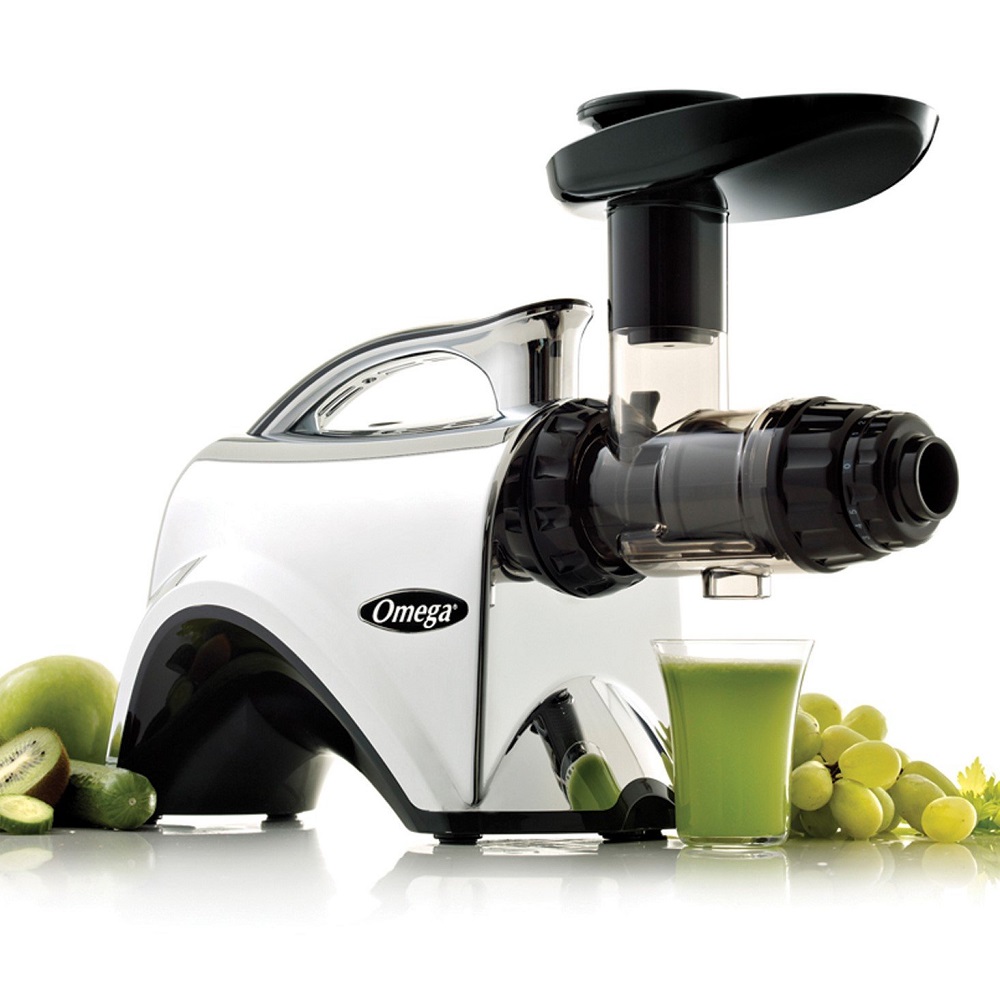
How Does a Juicer Work: A Detailed Explanation
Juicing has become incredibly popular for individuals looking to boost their intake of fruits and vegetables. But many wonder: How does a juicer work? Understanding the mechanics of a juicer can help you make informed decisions about which type is best suited for your needs. In this comprehensive look, we’ll delve into the various types of juicers, how they function, and what makes each type unique. This exploration will demystify the juicer, making the process both fascinating and informative.
Introduction to Juicers
Juicers are appliances designed to extract juice from fruits and vegetables by separating the liquid from the pulp. They make it easier to incorporate healthy nutrients into your diet. From centrifugal to masticating models, juicers utilize different mechanisms to achieve similar goals. The fundamental purpose remains the same—maximizing juice yield while preserving essential vitamins and minerals.
Centrifugal Juicers
Centrifugal juicers are one of the most common types and operate using a high-speed spinning method.
- Feeding Chute: You begin by placing fruits and vegetables into the feeding chute. This chute directs the produce towards the spinning blades inside.
- Spinning Blades: Once inside, the food comes into contact with rapidly spinning blades. These blades shred the produce into smaller pieces.
- Centrifugal Force: As the blades spin, they generate centrifugal force, which pushes the shredded produce against a mesh filter.
- Juice Extraction: The centrifugal force forces the juice through the tiny holes of the mesh filter, separating it from the pulp. The juice exits through a spout, while the pulp is collected in a separate container.
Masticating Juicers
Masticating juicers, also known as slow or cold-press juicers, work differently by mimicking the chewing action.
- Feeding Tube: You place the produce into a feeding tube, just like with centrifugal juicers.
- Auger Mechanism: Instead of blades, a masticating juicer uses a slow-turning auger to crush the produce. The auger slowly grinds the fruits and vegetables into a mushy pulp.
- Pressure Application: The ground produce is then pushed through a mesh screen, using pressure to extract the juice.
- Separation of Juice and Pulp: The juice flows out through one outlet, while the pulp is expelled through another.
Triturating Juicers
Triturating juicers, or twin-gear juicers, are high-end models known for their efficiency and nutrient preservation.
- Feeding Process: You place the produce into the feeding chute, similar to other juicer types.
- Twin Gears: These juicers use two interlocking gears to crush and grind the produce. The twin gears rotate inward, crushing the produce thoroughly.
- Pressure and Grinding: The produce is ground into a fine paste, applying significant pressure to release the juice.
- Juice Extraction: The juice is filtered through a fine mesh screen, ensuring minimal pulp in the final product.
Because of their dual-gear system, triturating juicers are highly efficient but can be more time-consuming and complex to clean.
Citrus Juicers
Citrus juicers are specialized equipment designed solely for extracting juice from citrus fruits like oranges, lemons, and grapefruits.
- Manual or Electric Options: Citrus juicers come in both manual and electric varieties. Manual models often feature a reamer that you press and twist the fruit against.
- Reaming Action: In electric models, you place the halved citrus fruit on a rotating reamer. The reamer presses and rotates to extract the juice.
- Juice Collection: The extracted juice flows through a spout, while the pulp and seeds are retained by a built-in strainer.
Juice Quality and Nutrient Retention
A common concern when using juicers is how well they preserve the nutrients in the juice. Different types of juicers can affect the quality and nutrient retention in various ways.
- Heat and Oxidation: High-speed centrifugal juicers can generate heat and encourage oxidation, potentially degrading some vitamins and enzymes. In contrast, masticating and triturating juicers produce less heat, preserving more nutrients.
- Nutrient Density: Slow juicers often yield higher nutrient density because they extract juice more thoroughly from the produce.
- Shelf Life: Juice from a masticating or triturating juicer tends to have a longer shelf life due to lower oxidation rates.
Selecting the right juicer can significantly impact the nutritional value and taste of your juice, making it essential to choose based on your needs.
Ease of Cleaning
Cleaning a juicer can range from simple to complicated, depending on the model you choose.
- Centrifugal Juicers: These are usually easier to assemble but can be more challenging to clean thoroughly due to multiple small components and blades.
- Masticating Juicers: These often have more parts to disassemble and clean but are generally easier to handle due to fewer crevices.
- Triturating Juicers: These can be the most complex to clean because of the twin gears and fine mesh screens.
- Citrus Juicers: Usually the simplest to clean, especially manual models, as they have fewer components.
Ease of cleaning is a critical factor for many people, influencing how frequently they use their juicer.
Juicer Efficiency
Efficiency refers to how much juice is extracted from the produce and how much pulp is left behind.
- Juice Yield: Masticating and triturating juicers generally produce higher juice yields because they extract juice more thoroughly.
- Pulp Quality: Centrifugal juicers often leave wetter pulp, indicating that not all the juice has been extracted.
- Consistency: The type of juicer also affects the consistency of the juice. Slow juicers often produce thicker, richer juice compared to centrifugal models.
Understanding efficiency can help you get the most out of your fruits and vegetables, maximizing your investment in both the produce and the juicer.
Types of Produce
The type of produce you intend to juice can also influence which juicer is best for you.
- Hard Produce: Centrifugal juicers handle hard produce like carrots and apples very well but may struggle with leafy greens.
- Leafy Greens: Masticating and triturating juicers excel at juicing leafy greens like spinach, kale, and wheatgrass.
- Soft Fruits: Both centrifugal and masticating juicers can handle soft fruits like berries and tomatoes, but the yield and consistency can vary.
Matching the type of produce with the right juicer can optimize both the quality and quantity of juice you get.
Noise Level
Noise can be an important factor, especially if you plan to juice early in the morning or late at night.
- Centrifugal Juicers: These tend to be noisier due to the high-speed spinning blades.
- Masticating Juicers: Generally quieter because they operate at slower speeds.
- Triturating Juicers: These can vary but often fall between centrifugal and masticating juicers in terms of noise.
- Citrus Juicers: Manual citrus juicers are the quietest option, while electric models may produce some noise.
Considering the noise level can help you choose a juicer that fits best within your lifestyle.
Longevity and Durability
A durable, long-lasting juicer can make a big difference in its overall value and your juicing experience.
- Materials: High-quality materials like stainless steel and durable plastics can extend the life of your juicer.
- Warranty: Many high-end juicers come with extended warranties, reflecting their durability and reliability.
- Component Quality: Juicers with robust internal components are less likely to break down or require frequent repairs.
Investing in a durable juicer ensures that you can enjoy fresh juice for many years to come.
 Cost Considerations
Cost Considerations
Juicers come in a wide range of prices, and understanding what you get at different price points can help you make an informed decision.
- Budget Models: These are usually centrifugal juicers, which can be very effective but may compromise on juice quality and durability.
- Mid-Range: Masticating juicers often fall into this category, offering a good balance of efficiency and cost.
- High-End: Triturating juicers and some specialized masticating models come with more features and better performance but at a higher cost.
Considering your budget along with your juicing needs can help you find a juicer that offers the best value for your money.
User Experience
Ease of use and the overall user experience can significantly influence how often and how effectively you use your juicer.
- Assembly: Simple assembly makes it easier to use the juicer regularly. Complex models might deter frequent use.
- Operation: User-friendly controls and features like multiple speed settings can enhance your juicing experience.
- Storage: Compact models are easier to store, making them more convenient for frequent use.
A positive user experience ensures you get the most out of your juicer, making it a staple in your kitchen routine.
Conclusion
So, how does a juicer work and which type should you choose? This detailed examination has shed light on the various mechanisms, benefits, and considerations for different types of juicers. Understanding how each type functions, from centrifugal to masticating to triturating, can help you make an informed decision tailored to your specific needs. By choosing the right juicer and following proper techniques, you can maximize both the quality and quantity of juice, leading to better health and a more enjoyable juicing experience. Whether you’re a seasoned juicer or a newcomer, this knowledge ensures you make the most out of your investment in a juicer.

